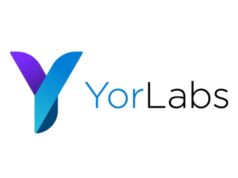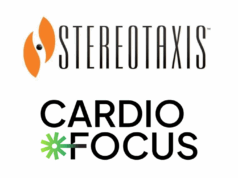
iRhythm has announced the publication of a study, “Cost analysis and clinical outcomes of ambulatory care monitoring in Medicare patients,” was published in the Journal of Health Economics and Outcomes Research that assessed the costs incurred in the diagnosis, additional monitoring and following clinical events after the initial use of the Holter monitor among Medicare patients with arrhythmia.
Researchers performed a retrospective, longitudinal claims analysis using a 5% random sample of Medicare beneficiaries’ claims from the Fee-for-Service Standard Analytic Files. The analysis was limited to patients with full benefits for one year prior and two years post the index 24- or 48-hour Holter monitor, with no prior arrhythmia or Holter.
The study, which was funded by iRhythm, suggests that the lack of diagnosis or the need for additional testing after the initial use of the Holter monitor resulted in US$45m, or slightly more than US$23,000 per patient, in wasted spending by Medicare. When extrapolated over the entire Medicare Fees-for-Service population, the total was more than US$900m over the two-year study period in wasted spending.
“Arrhythmias are difficult to diagnose. A Holter monitor is typically used to record the heart’s electrical signals for a 24- or 48-hour period. However, arrhythmias do occur outside that window,” said Judy Lenane, executive vice president and chief clinical officer of iRhythm. “The ZIO Service records and stores beat-to-beat data in its entirety, which can provide a more complete picture to a healthcare provider and allow for more accurate diagnosis. We provide a significant advantage as the ZIO Service potentially eliminates the need for furthering testing, resulting in reduced healthcare costs.”
In a separate analysis conducted by an independent third-party research organisation, Decision Driver Analytics, preliminary findings showed that initial use of the ZIO Service is expected to reduce two-year costs of diagnosing and managing arrhythmia by an average of US$5,500 per patient compared to the Holter monitor.
“iRhythm is focused on creating solutions that change the way clinicians diagnose difficult to detect arrhythmias, streamlining the diagnoses to treatment pathway while significantly decreasing healthcare costs,” said Kevin King, president and chief executive officer of iRhythm Technologies.
Furthermore, previous studies have shown the ZIO Service ruled-in or ruled-out arrhythmia in an average of three to four weeks compared to only 36% of patients obtaining a definitive diagnosis within two years if their initial diagnostic is a Holter monitor. In addition, in patients with arrhythmia, the ZIO Service provided immediate diagnosis, eliminating the need for additional diagnostic testing and enabling immediate and appropriate treatment 94% of the time.
The ZIO Service integrates easy-to-use biosensor technology that captures electrocardiography data for up to 14 days, powerful analytics and medical expertise for improved arrhythmia detection.









